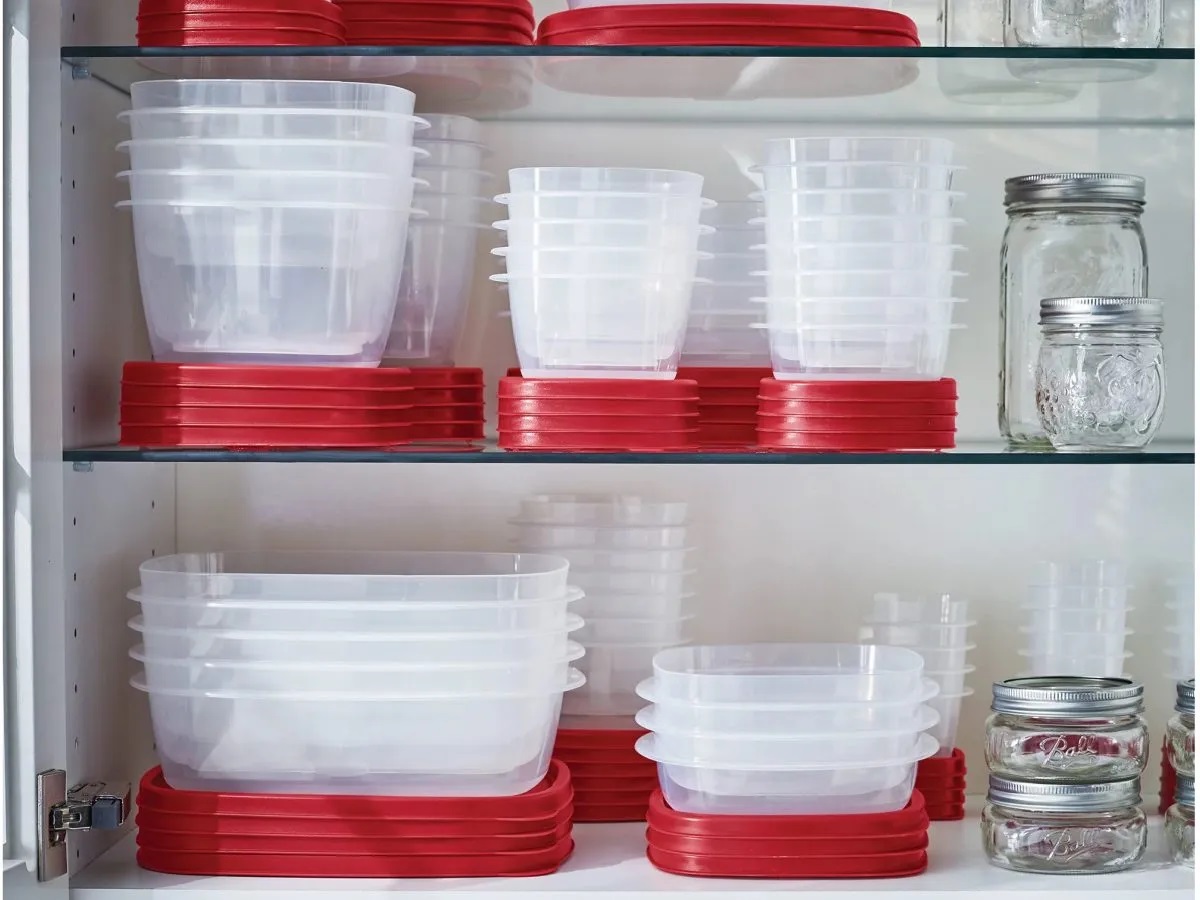

Articles
How To Store Plastic Containers And Lids
Modified: January 18, 2024
Discover the best way to store plastic containers and lids with these helpful articles. Keep your kitchen organized and clutter-free.
(Many of the links in this article redirect to a specific reviewed product. Your purchase of these products through affiliate links helps to generate commission for Storables.com, at no extra cost. Learn more)
Introduction
Plastic containers and lids are a convenient and practical way to store leftovers, pack lunches, and keep food fresh. However, if not properly stored, they can quickly become a disorganized mess, taking up valuable space in your kitchen. In this article, we will guide you on how to store plastic containers and lids effectively, keeping them tidy and easily accessible.
By following these storage tips, you’ll be able to maximize space, maintain the quality of your containers, and find the lids you need without digging through a chaotic jumble. Let’s dive in and get your plastic container storage game on point!
Key Takeaways:
- Efficiently store plastic containers and lids by selecting the right materials, organizing by size, and utilizing space-saving techniques. Proper maintenance ensures long-term functionality and a clutter-free kitchen.
- Labeling containers, maximizing storage space, and storing in appropriate areas such as the refrigerator or pantry are key to an organized kitchen. Regular maintenance ensures the longevity of plastic containers and lids.
Read more: How To Store Lids For Plastic Containers
Selecting the Right Plastic Containers and Lids
Before diving into the storage process, it’s important to ensure you have the right plastic containers and lids for your needs. Here are a few things to consider when selecting your containers:
- Material: Look for containers made from durable and food-safe materials, such as BPA-free plastic. These containers are freezer-safe, microwave-safe, and dishwasher-safe.
- Sizes and Shapes: Choose containers that come in a variety of sizes and shapes to accommodate different types of food and optimize storage space. Stackable containers with nesting lids are ideal for saving space.
- Sealing Mechanisms: Check that the containers have airtight sealing mechanisms, such as snap-on lids or locking lids, to ensure that your food stays fresh and doesn’t leak.
- Clear Visibility: Opt for containers with transparent bodies or at least clear lids, so you can easily see the contents without having to open each container.
Additionally, it’s a good idea to have a variety of lid sizes that fit your containers properly. This will help minimize clutter and make it easier to find the right lid for each container.
By selecting the right plastic containers and lids, you’ll set yourself up for efficient and hassle-free storage. Now let’s move on to cleaning and drying them before storage.
Cleaning and Drying the Containers and Lids
Before storing your plastic containers and lids, it’s essential to ensure they are clean and dry. Here’s a step-by-step guide to help you with the cleaning process:
- Empty and Discard: Start by emptying out any leftover food from the containers and lids. Discard any expired or spoiled food.
- Pre-Wash: Rinse the containers and lids with warm water to remove any excess food particles. Use a sponge or brush with a mild dish soap to clean the surfaces thoroughly.
- Dishwasher or Hand Wash: Most plastic containers and lids are dishwasher-safe. If you prefer using a dishwasher, place the containers and lids on the top rack for a gentle cleaning cycle.
- Hand Drying: If you choose to hand wash, make sure to dry each container and lid with a clean dishcloth or allow them to air dry completely.
- Avoid High Heat: Avoid using hot water or placing the containers near direct heat sources like stove burners, as excessive heat can warp the plastic.
It’s important to note that while plastic containers are generally easy to clean, certain food items like tomato-based sauces or curry can leave stains or odors. To tackle this, soak the containers in a mixture of baking soda and warm water for a few hours before washing them. This will help remove any stubborn stains or smells.
By following these cleaning and drying steps, you’ll ensure that your plastic containers and lids are hygienic and ready for storage. Next, let’s explore effective methods for organizing and storing them efficiently.
Organizing and Storing the Containers and Lids
Proper organization is key to maintaining a neat and efficient storage system for your plastic containers and lids. Follow these tips to keep everything in order:
- Sort by Size: Group containers and lids by size to easily find matching sets. Stack containers of the same size together and stack their respective lids nearby.
- Use Drawer Dividers or Containers: If you have a drawer designated for plastic container storage, consider using dividers or small containers to separate different sizes and shapes. This will prevent them from becoming a jumbled mess.
- Try a Storage Bin: If you store your containers in a cabinet, use a storage bin or basket to corral them together. This makes it easier to pull out the entire collection when needed.
- Utilize Shelf Risers: Shelf risers are a great way to maximize vertical space within a cabinet. Place them in between shelves to create extra levels for stacking containers.
- Invest in a Lid Organizer: Lid organizers are a game-changer for keeping lids in one place. These organizers have sections to securely hold lids of various sizes, making it easier to find the right one quickly.
- Consider Hanging Options: If you’re tight on cabinet or drawer space, consider installing hooks or adhesive hooks on the inside of cabinet doors or the pantry. Hang containers with their lids attached for a space-saving storage solution.
Remember to keep frequently used containers and lids easily accessible, while infrequently used ones can be placed in less accessible areas. This will help maintain a clutter-free and organized storage space.
Now that you have organized your plastic containers and lids, let’s explore some tips for maximizing storage space and making the most of your available area.
Tips for Maximizing Storage Space
When it comes to storing plastic containers and lids, optimizing space is essential, especially in smaller kitchens. Here are some tips to help you maximize your storage space:
- Stacking: Stack containers of the same size together to save space. Make sure to stack them with their lids intact to prevent them from getting separated.
- Nesting: Nesting containers can be a space-saving solution. Place smaller containers inside larger ones when they’re not in use.
- Tiered Shelf Organizers: Tiered shelf organizers are a fantastic way to expand your storage vertically. They create additional levels for stacking containers, maximizing the use of cabinet or pantry space.
- Collapsible Containers: Consider investing in collapsible or stackable containers. These can be easily flattened or stacked when not in use, freeing up significant space in your storage area.
- Utilize Wall Space: Install hooks or a pegboard on your kitchen wall to hang containers with their lids, allowing for convenient and space-saving storage.
- Don’t Forget the Doors: Take advantage of the inside of cabinet or pantry doors by installing adhesive hooks or over-the-door organizers. Use them to hang lids or small containers.
- Clear Storage Containers: Consider using clear storage containers or bins to hold your plastic containers and lids. This makes it easier to see and access them, while keeping them contained in one area.
By implementing these space-saving techniques, you’ll be able to maximize your storage space and make the most of your kitchen area. Next, let’s discuss how labeling your containers and lids can further enhance your storage system.
Labeling the Containers and Lids
Labeling your plastic containers and lids can greatly improve the organization and accessibility of your storage system. Here’s why labeling is important:
- Easy Identification: Labeling your containers and lids allows you to quickly identify the contents without having to open each one. This saves you time and helps you find what you need more efficiently.
- Prevents Confusion: If you have multiple containers with similar-looking contents, labeling prevents confusion and ensures you don’t mix up different items.
- Expiration Dates: Adding expiration dates to the labels is useful for keeping track of the freshness of your stored food. It helps you know when it’s time to use or discard certain items.
- Meal Planning: Labeling containers with the intended meal or recipe can simplify meal planning and preparation. This makes it easier to grab the right container for a specific meal or ingredient.
When labeling your containers and lids, you have several options to choose from:
- Masking Tape or Labels: Use masking tape or removable labels to write and stick onto the containers and lids. This allows for easy re-labeling and reusing as needed.
- Label Maker: Invest in a label maker to create professional-looking and adhesive labels. The labels can be easily applied and removed if needed.
- Permanent Marker: If you prefer a more permanent option, use a permanent marker to write directly on the containers. Just make sure to choose a marker that won’t easily fade or smudge over time.
When labeling, be sure to include key details like the contents of the container, date of storage, and any relevant information like dietary restrictions or cooking instructions.
Labeling your plastic containers and lids ensures a well-organized and efficient storage system. Now let’s explore different storage methods depending on the location: refrigerator, freezer, and pantry or cabinet.
To keep plastic containers and lids organized, store them together in a designated cabinet or drawer. Stack containers with their corresponding lids to save space and make it easier to find matching sets.
Storing Plastic Containers in the Refrigerator
Storing plastic containers in the refrigerator helps keep your food fresh and prolong its shelf life. Here are some tips for effectively storing plastic containers in the fridge:
- Properly Assess Temperature: Make sure your refrigerator is set to the appropriate temperature to keep your food safe and fresh.
- Select the Right Containers: Choose plastic containers that are specifically labeled as refrigerator-safe. Avoid using containers that are not designed to withstand the cold temperatures.
- Avoid Overfilling: Only fill the containers to a level that allows for expansion as the food freezes or chills. Overfilling can cause the container to burst or crack.
- Use Airtight Containers: Opt for airtight containers with secure lids to prevent any odors from spreading and to keep your food fresh longer.
- Separate Raw and Cooked Foods: To avoid cross-contamination, store raw and cooked food in separate containers. Ensure the containers are properly sealed to prevent any liquids from leaking.
- Arrange by Priority: Place the items that need to be used sooner towards the front of the fridge for easy access. This ensures you don’t forget about them and helps minimize food waste.
- Utilize Fridge Door Space: While it’s convenient to store plastic containers on the refrigerator door, this area experiences temperature fluctuations. It’s best to store items that are not highly perishable or prone to spoilage on the door.
- Label and Date Containers: Always label and date your containers before placing them in the fridge. This helps you keep track of the freshness of your food and prevents confusion.
- Regularly Clean and Check: Clean your fridge regularly and check for any expired or spoiled food. Discard any containers or food that show signs of spoilage.
By following these guidelines, you can ensure safe and efficient storage of plastic containers in your refrigerator. Next, let’s explore how to store plastic containers in the freezer.
Storing Plastic Containers in the Freezer
Freezing food in plastic containers is a great way to preserve its freshness and extend its shelf life. Here are some tips for storing plastic containers in the freezer:
- Choose Freezer-safe Containers: When selecting containers for freezer storage, make sure they are specifically labeled as freezer-safe. These containers are designed to withstand the extreme temperatures of the freezer without cracking or warping.
- Optimal Freezing Conditions: Set your freezer to the appropriate temperature to maintain the quality of the food. Generally, the freezer should be set between 0°F (-18°C) and -10°F (-23°C).
- Leave Room for Expansion: When freezing food in plastic containers, leave some headspace to allow for expansion as the food freezes. Failure to do so may cause containers to crack or lids to pop off.
- Wrap or Cover Foods: If you’re placing loose food items in containers, wrap them in a layer of plastic wrap or aluminum foil to provide an extra layer of protection against freezer burn.
- Stacking and Organization: Stack containers neatly in the freezer to maximize space. Consider using dividers or freezer baskets to keep different types of food separated and easily accessible.
- Label and Date: Always label your containers with the contents and the date of freezing. This will help you keep track of how long the food has been frozen and ensure you use it before it deteriorates in quality.
- Utilize Freezer Bags: Use freezer bags in addition to plastic containers for storage. Freezer bags are more flexible and can fit into tight spaces, allowing for efficient use of freezer space.
- Thawing Frozen Food: When you’re ready to use the frozen food, thaw it in the refrigerator or using the defrost function on your microwave. Avoid thawing plastic containers directly in hot water, as this could cause the plastic to warp or melt.
- Regularly Evaluate and Rotate: Regularly check the contents of your freezer and rotate older items to the front for use. This ensures that no food goes to waste due to long-term storage.
By following these tips, you can store plastic containers in the freezer effectively and maintain the quality of your frozen foods. Next, let’s discuss how to store plastic containers in the pantry or cabinet.
Storing Plastic Containers in the Pantry or Cabinet
If you have a pantry or cabinet with sufficient space, it can be a great location for storing plastic containers. Here are some tips for organizing and storing plastic containers in the pantry or cabinet:
- Group by Size and Shape: Organize your containers and lids by size and shape. Stack containers of the same size together and keep their respective lids nearby.
- Utilize Dividers or Bins: Consider using dividers or small bins to separate different sizes and types of containers. This helps keep them organized and prevents them from toppling over.
- Arrange by Frequency of Use: Place the containers and lids you use most frequently in an easily accessible area. Store less frequently used items in the back of the pantry or cabinet.
- Utilize Shelf Risers: Shelf risers are a great tool for maximizing vertical space in your pantry or cabinet. Use them to create additional levels for stacking containers.
- Keep Lids Organized: Consider using a lid organizer or a small storage container to keep lids in one place. This ensures you can easily find the right lid for each container.
- Label and Date: Label your containers with the contents and date of storage. This helps you identify the contents without having to open each container and ensures you can use the food in a timely manner.
- Don’t Overcrowd: Avoid overcrowding your pantry or cabinet with too many containers. This can make it difficult to access them and may cause containers to become damaged in the process of retrieval.
- Regularly Declutter: Regularly assess your plastic containers and lids. If there are any mismatched or damaged items that you no longer use, it’s time to declutter and discard them.
By implementing these tips, you can keep your plastic containers and lids well-organized in your pantry or cabinet, making it easier to find what you need when you need it. Now that we’ve covered storage in different areas, let’s explore how to properly maintain plastic containers and lids.
Properly Maintaining Plastic Containers and Lids
To ensure the longevity and functionality of your plastic containers and lids, proper maintenance is key. Here are some essential tips for maintaining them:
- Hand-Washing: While many plastic containers are dishwasher-safe, hand-washing is gentler and can help extend the lifespan of the containers and lids. Use a mild dish soap and a non-abrasive sponge or brush to clean them.
- Avoid Extreme Temperatures: Avoid exposing plastic containers and lids to extreme temperatures, such as placing them in direct sunlight or near hot surfaces. Extreme temperatures can cause warping or melting of the plastic.
- Avoid Harsh Chemicals: Do not use harsh chemicals, abrasive cleaners, or bleach on your plastic containers and lids. These can damage the plastic and compromise their durability.
- Separate Containers and Lids: When storing plastic containers, it’s best to store them separately from their lids. This minimizes the risk of lids getting lost or misplaced and allows for better stacking of the containers.
- Inspect for Damage: Regularly inspect your plastic containers and lids for any signs of damage, such as cracks, discoloration, or warping. If you notice any damage, it’s best to replace the affected container or lid.
- Use Microwave-Safe Containers: If you plan to use plastic containers in the microwave, ensure that they are labeled as microwave-safe. Avoid microwaving containers with lids, as the heat may cause the lids to warp or melt.
- Avoid Staining: Certain food items, like tomato-based sauces or spices, can stain plastic containers. To prevent staining, lightly coat the inside of the container with cooking oil before adding such ingredients.
- Air-Dry Completely: After washing, ensure that your plastic containers and lids are thoroughly air-dried before storing them. Moisture trapped inside can promote the growth of mold or bacteria.
- Store with Care: When storing plastic containers, avoid stacking heavy items on top of them or placing them in areas where they can get crushed or damaged. Handle them with care to maintain their integrity.
By following these maintenance tips, you can help prolong the lifespan of your plastic containers and lids, ensuring they remain in good condition for long-term use.
Now that we’ve covered storage and maintenance, you have all the knowledge you need to effectively store and maintain your plastic containers and lids. With these tips, you can keep your kitchen organized and make the most of your storage space. Happy organizing and storing!
Conclusion
Properly storing and organizing plastic containers and lids is essential for a tidy and efficient kitchen. By following the tips outlined in this article, you can keep your plastic containers and lids in order and easily accessible, saving you time and frustration when it comes to finding what you need. Here’s a quick recap:
- Select the right plastic containers and lids that are durable, food-safe, and come in a variety of sizes and shapes.
- Clean and dry your containers and lids thoroughly before storing to maintain hygiene.
- Organize your containers and lids by size, use dividers or storage bins to keep them neat, and utilize shelf risers or door-mounted organizers to maximize space.
- Label your containers and lids for easy identification and date them to keep track of freshness.
- Store plastic containers in the refrigerator, freezer, or pantry based on the needs of different foods.
- Maintain your containers and lids by hand-washing, avoiding extreme temperatures, and inspecting for damage regularly.
By implementing these practices, you can efficiently store your plastic containers and lids, reduce clutter, and make the most of your kitchen space. Remember, a well-organized kitchen not only saves you time and effort but also helps to minimize food waste.
Take the time to declutter and organize your plastic containers and lids. With a well-maintained storage system, you’ll be able to easily locate and access your containers whenever you need them, making meal prep and storage a breeze.
So go ahead, put these tips into practice, and enjoy a well-organized kitchen with neatly stored plastic containers and lids. Happy storage!
Frequently Asked Questions about How To Store Plastic Containers And Lids
Was this page helpful?
At Storables.com, we guarantee accurate and reliable information. Our content, validated by Expert Board Contributors, is crafted following stringent Editorial Policies. We're committed to providing you with well-researched, expert-backed insights for all your informational needs.
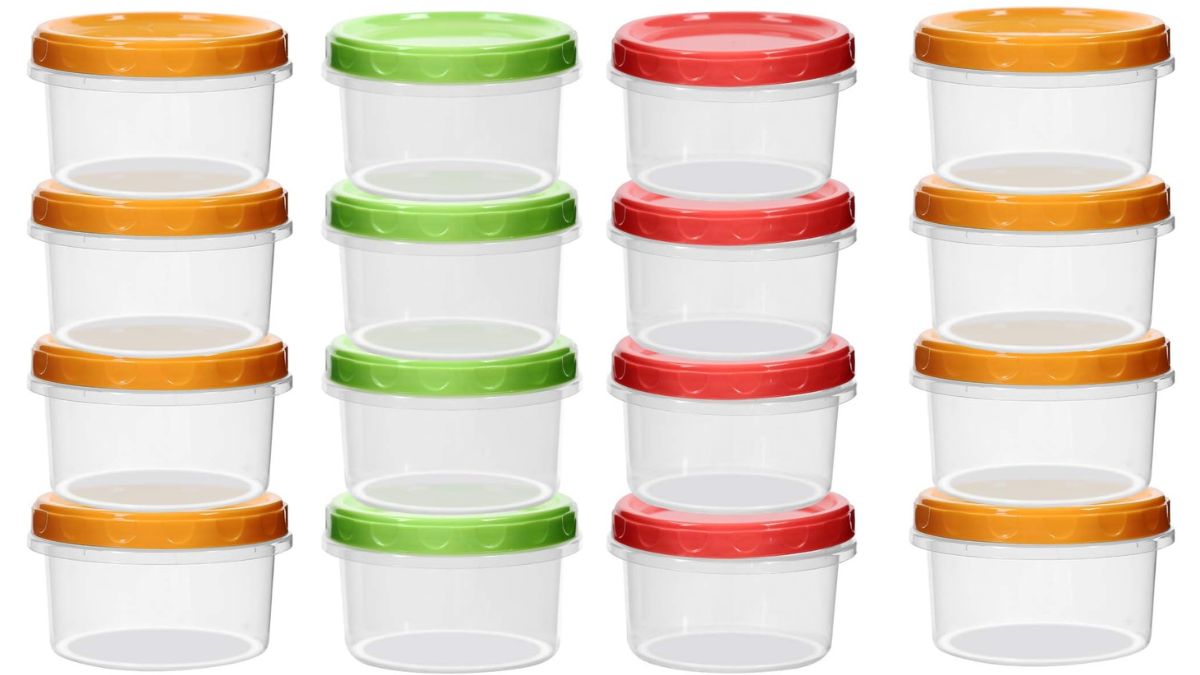

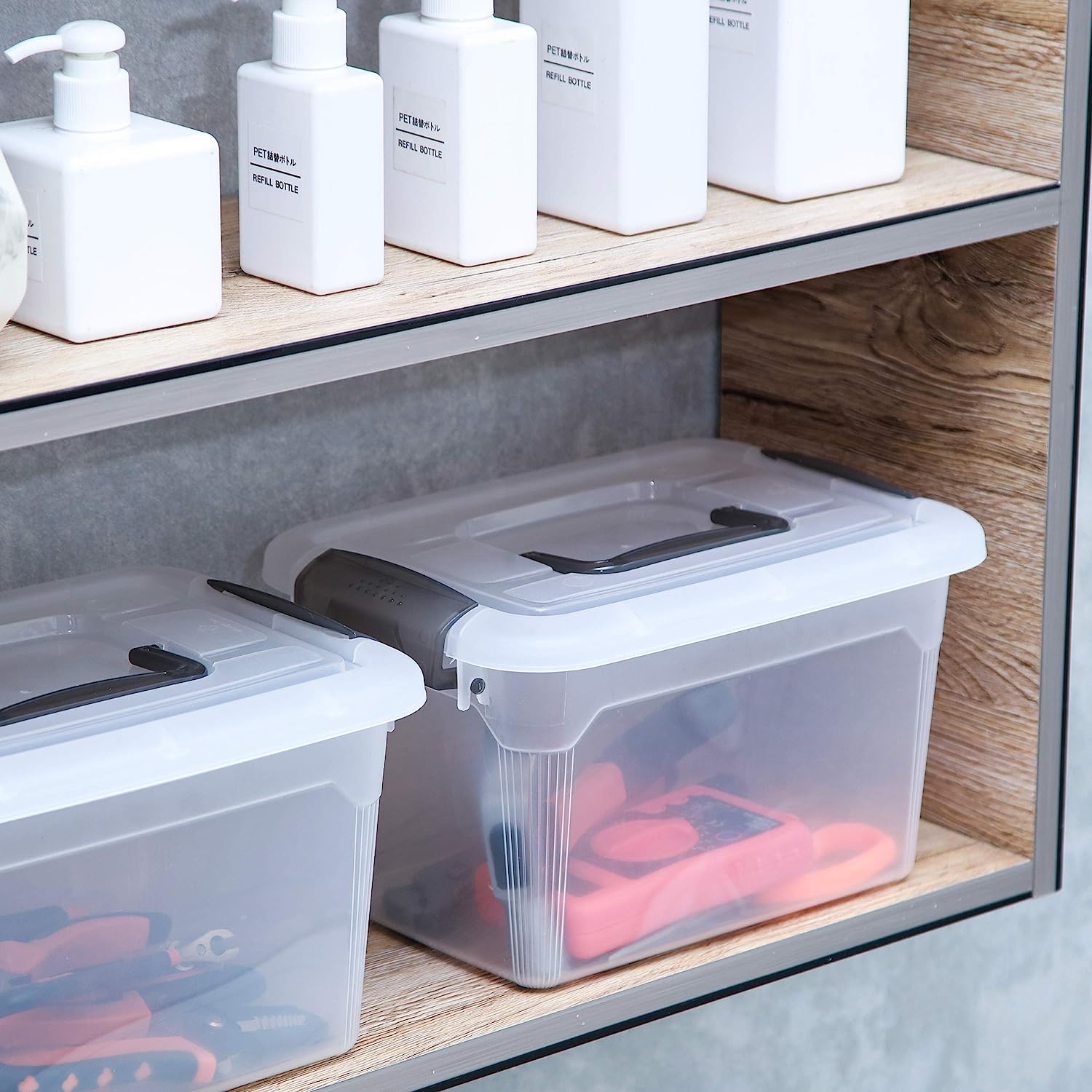
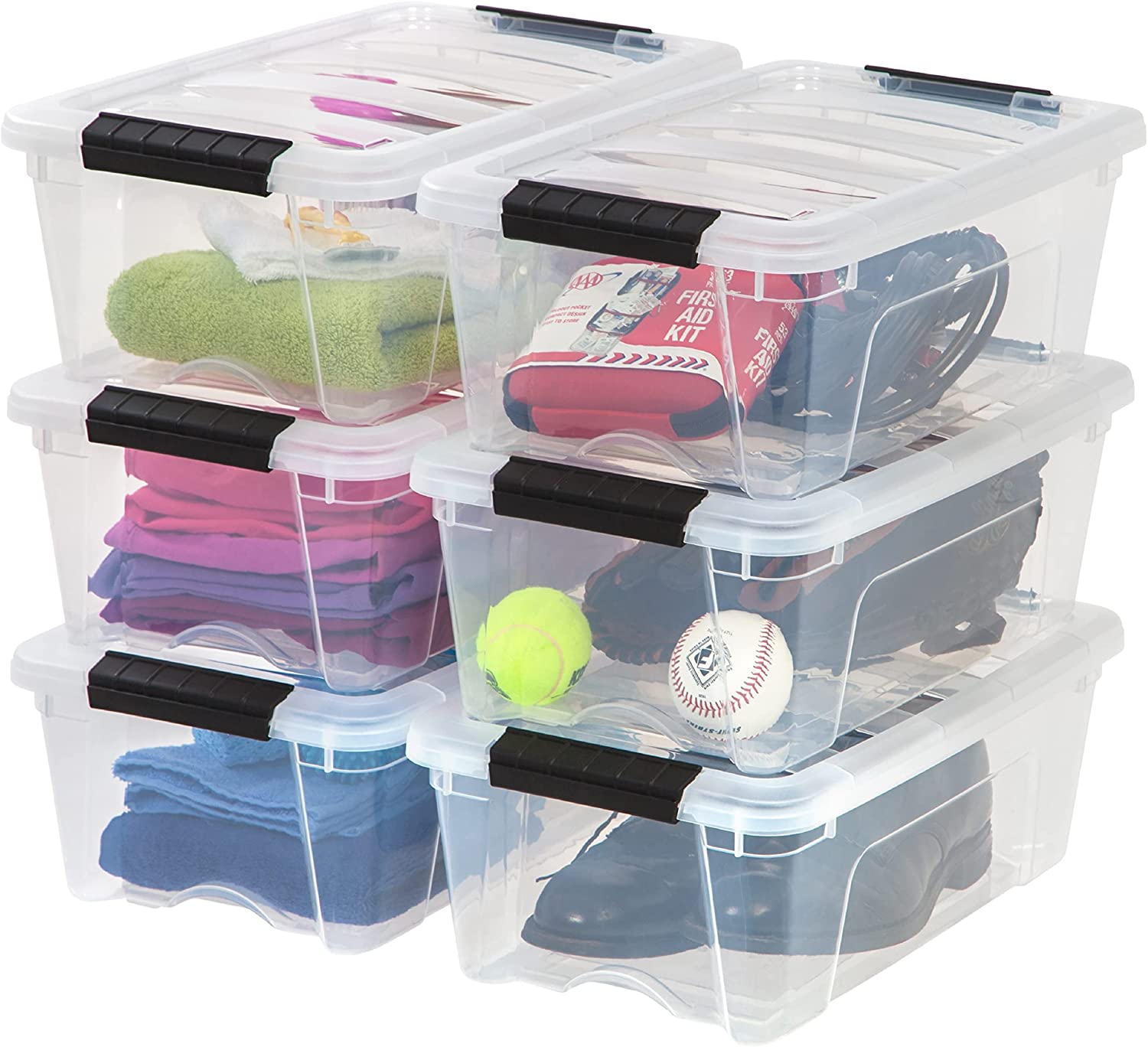
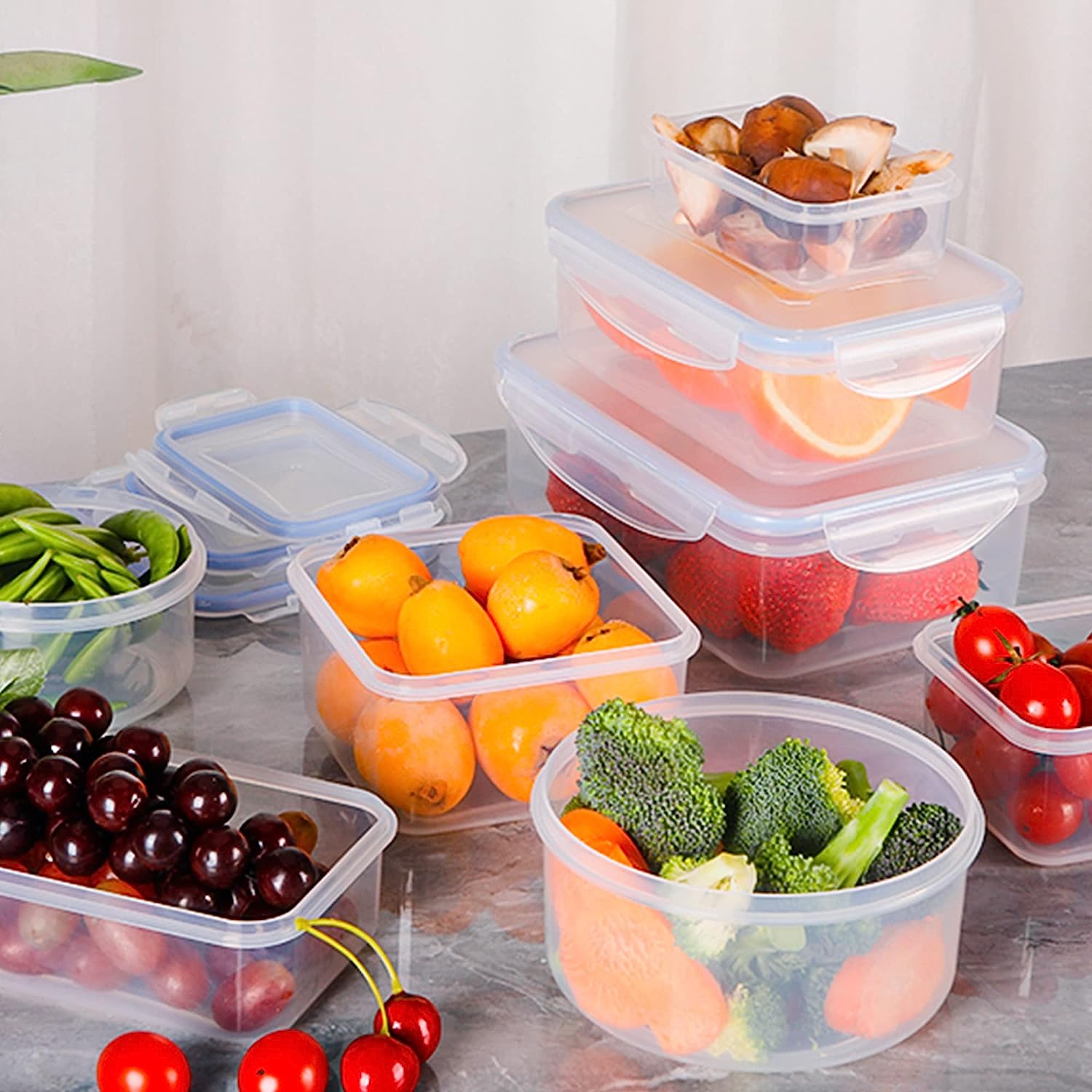

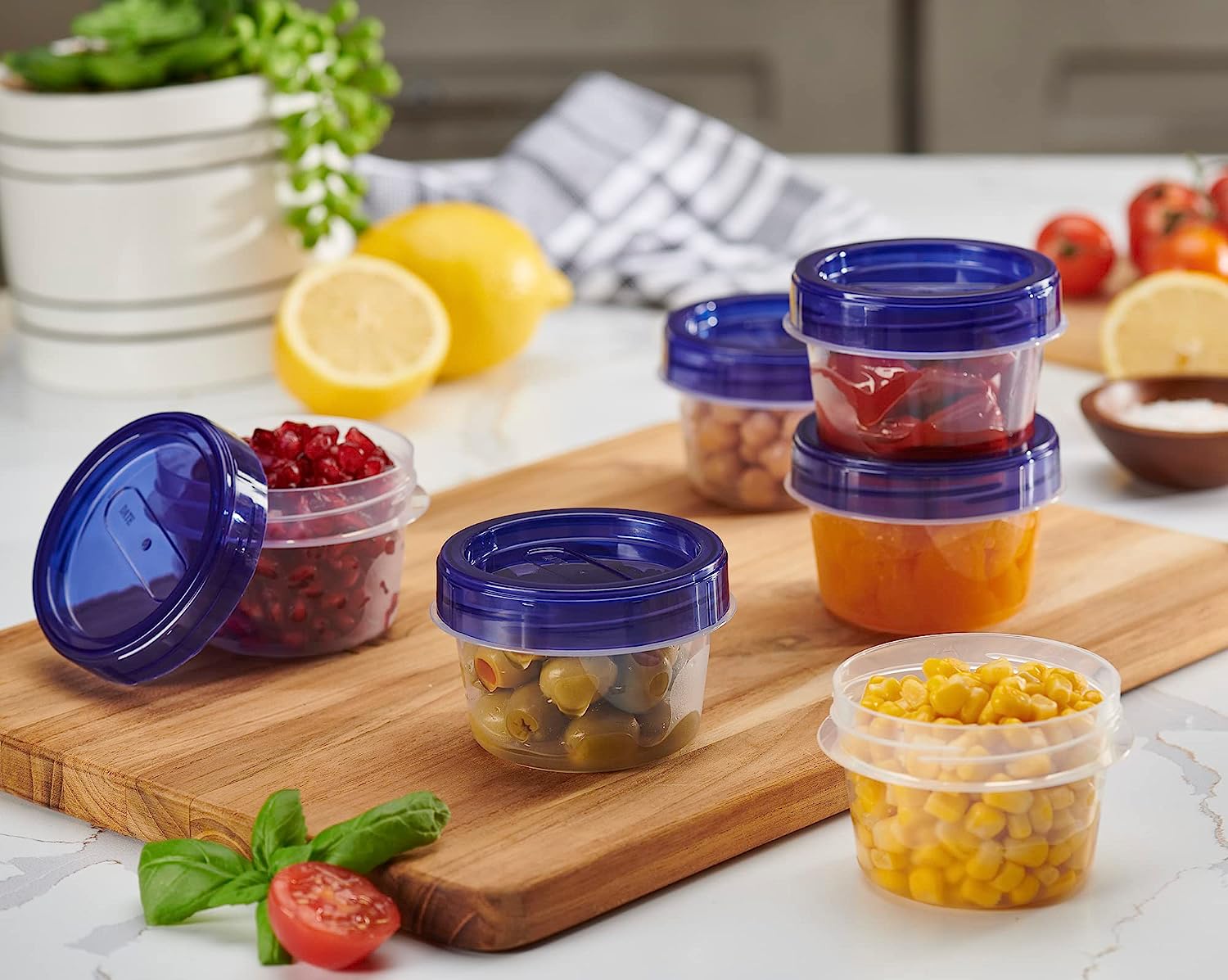
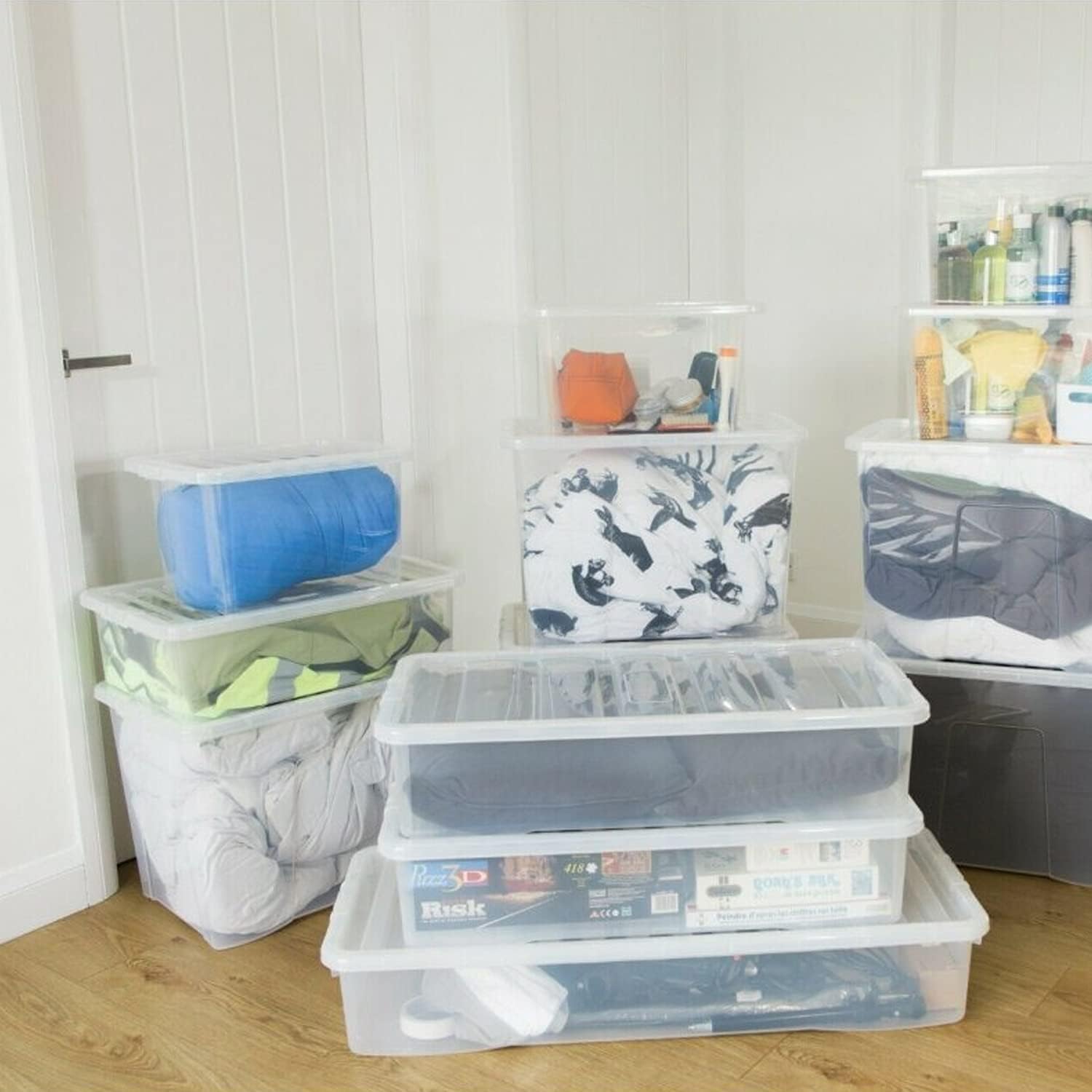
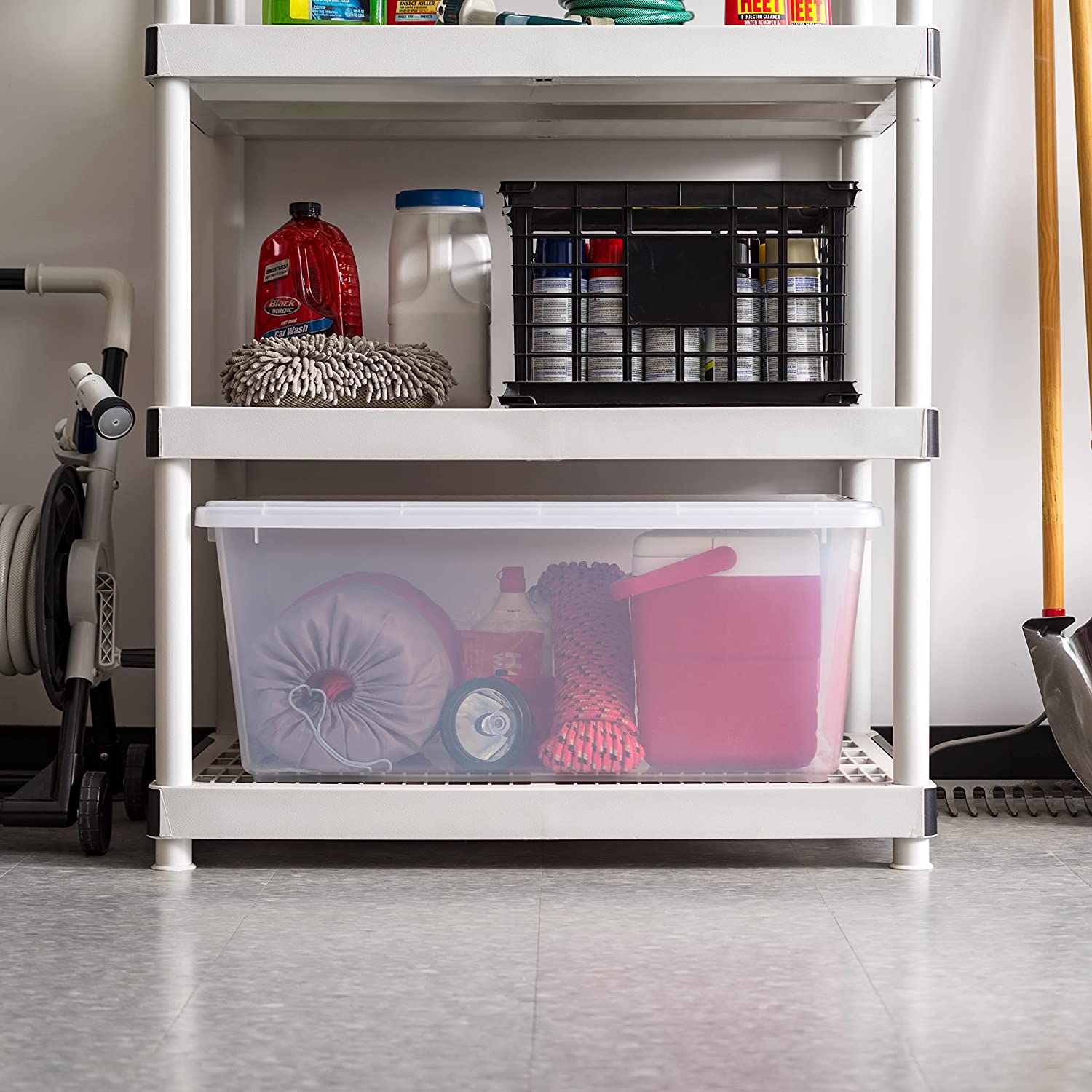
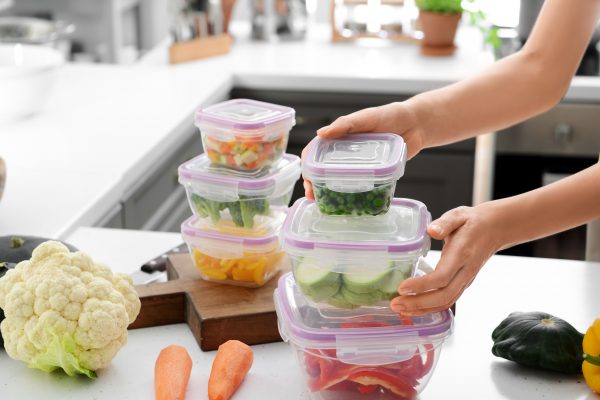
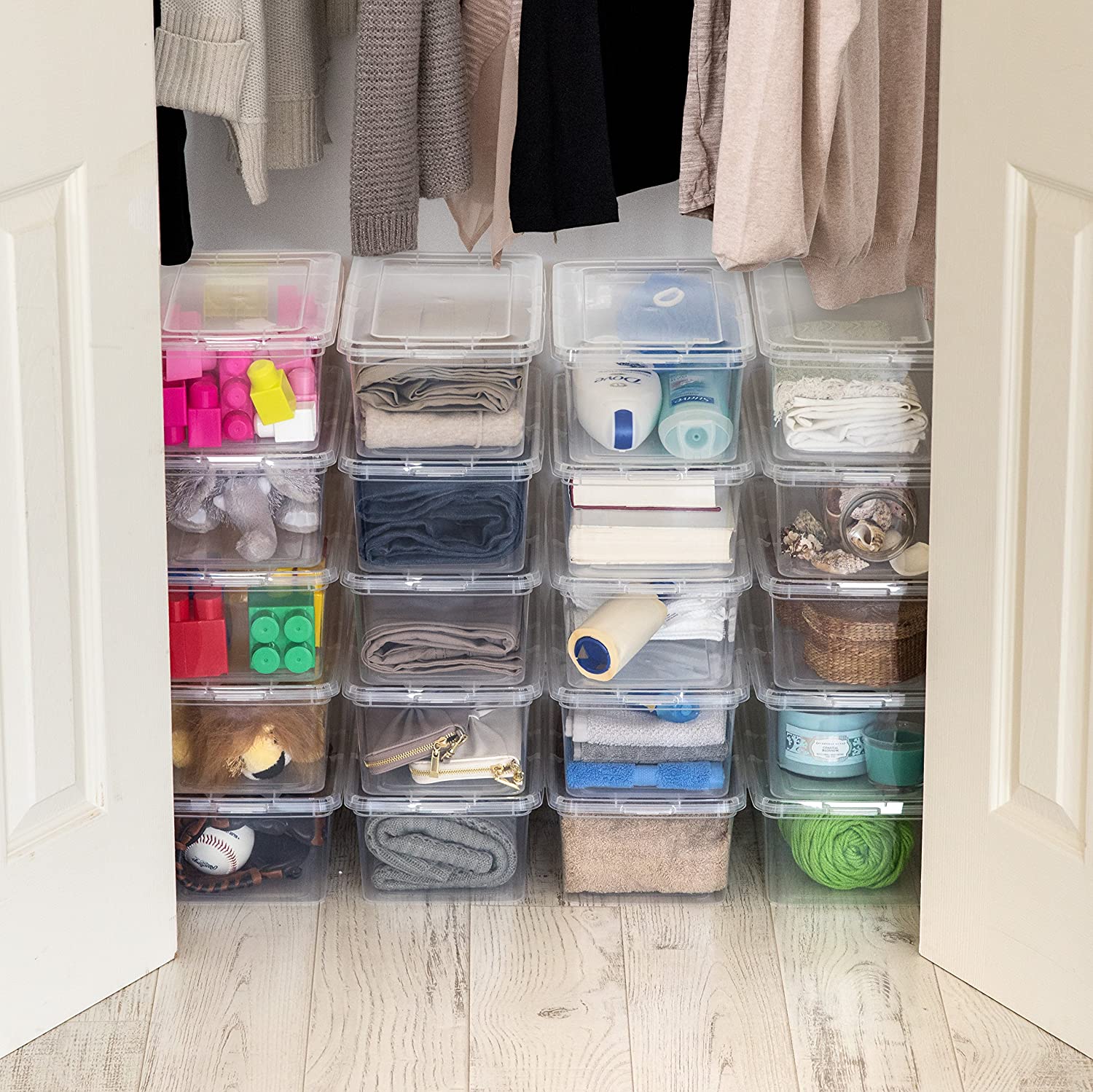
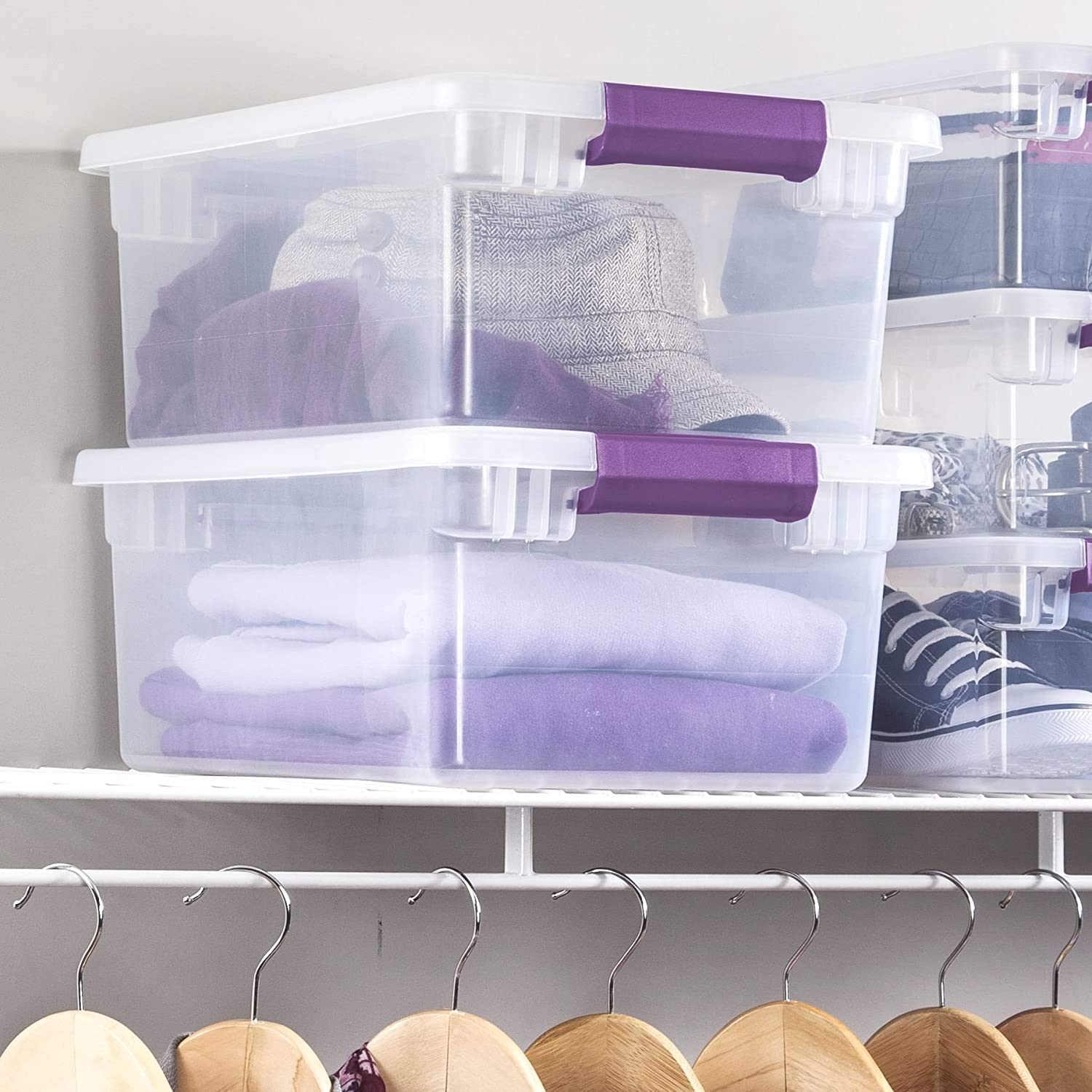
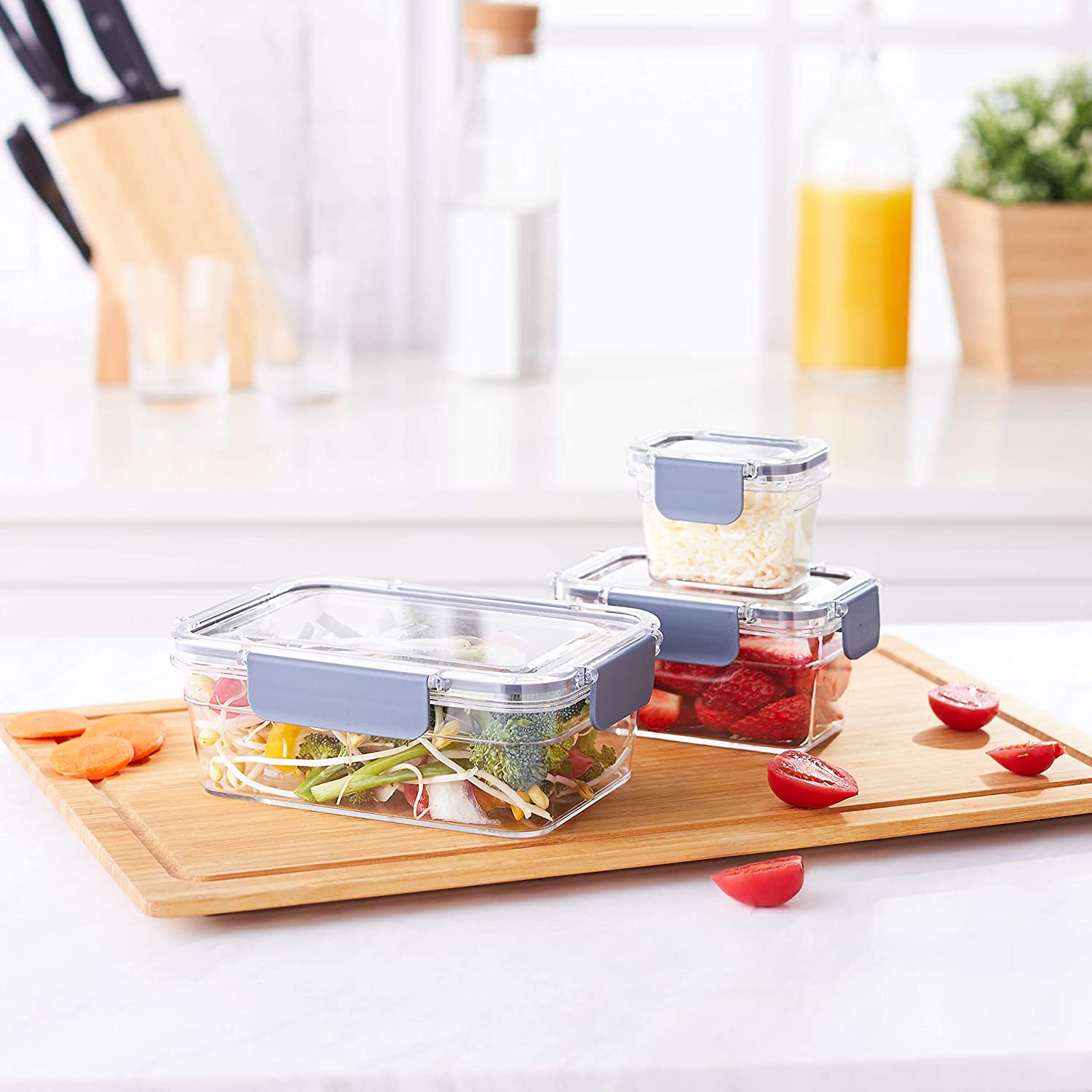

0 thoughts on “How To Store Plastic Containers And Lids”